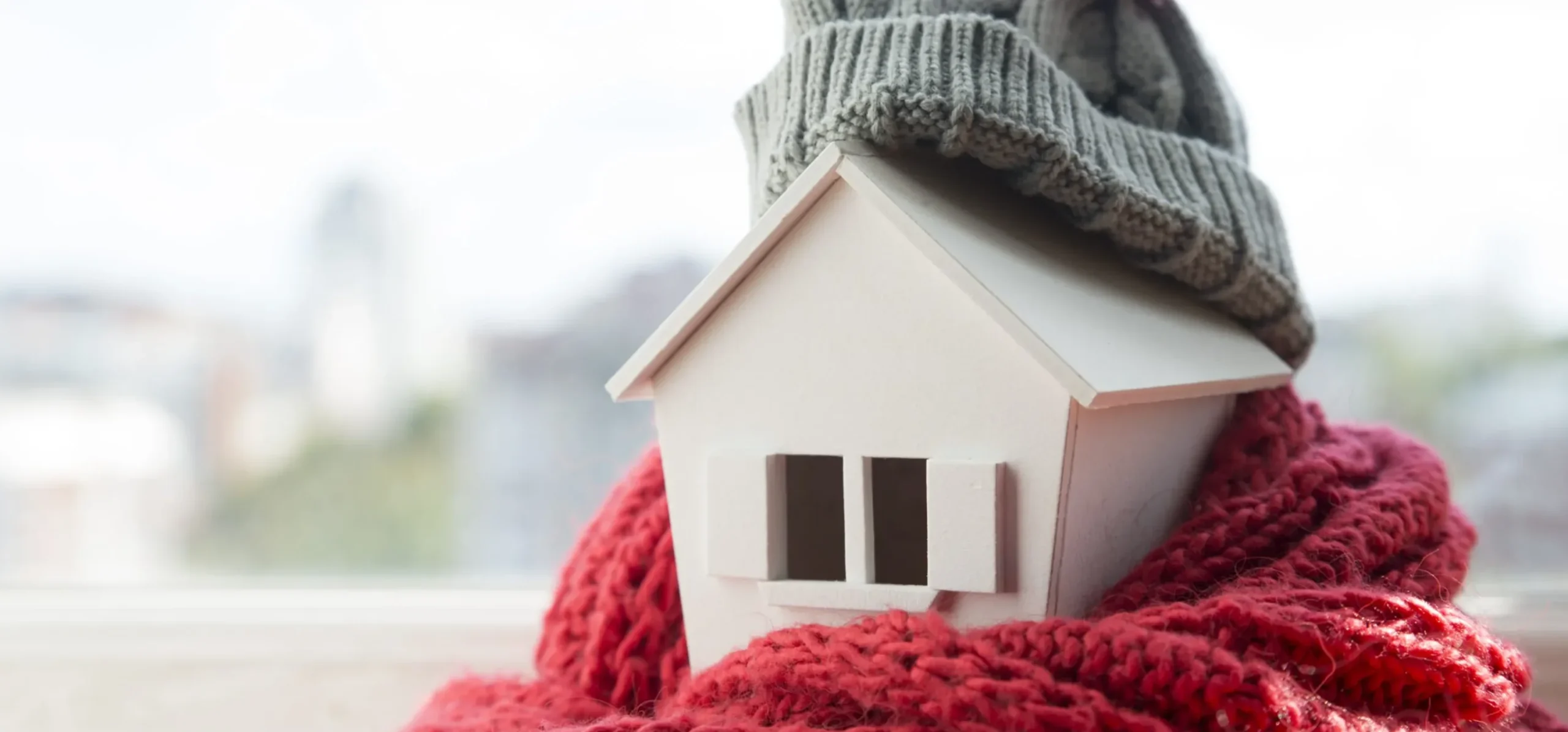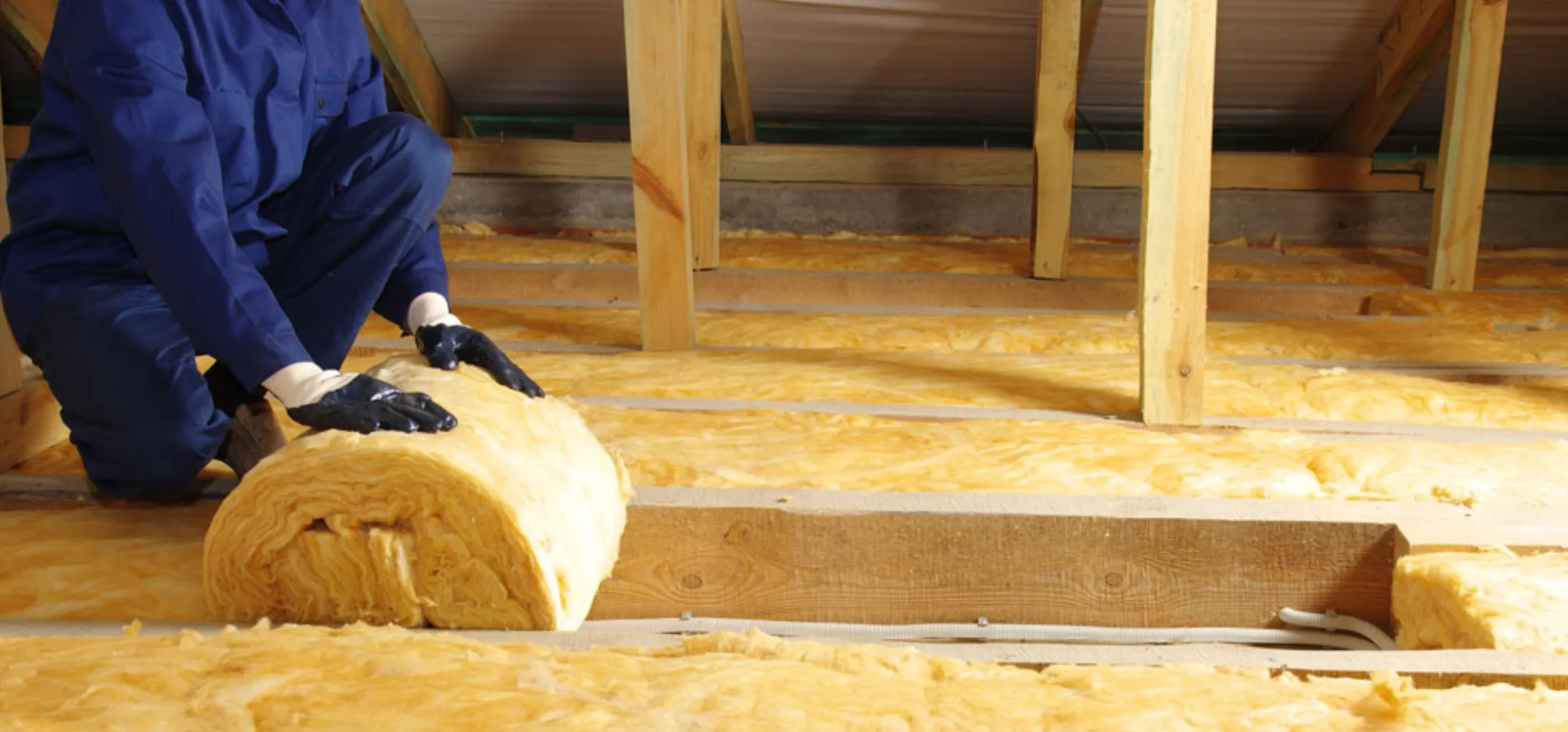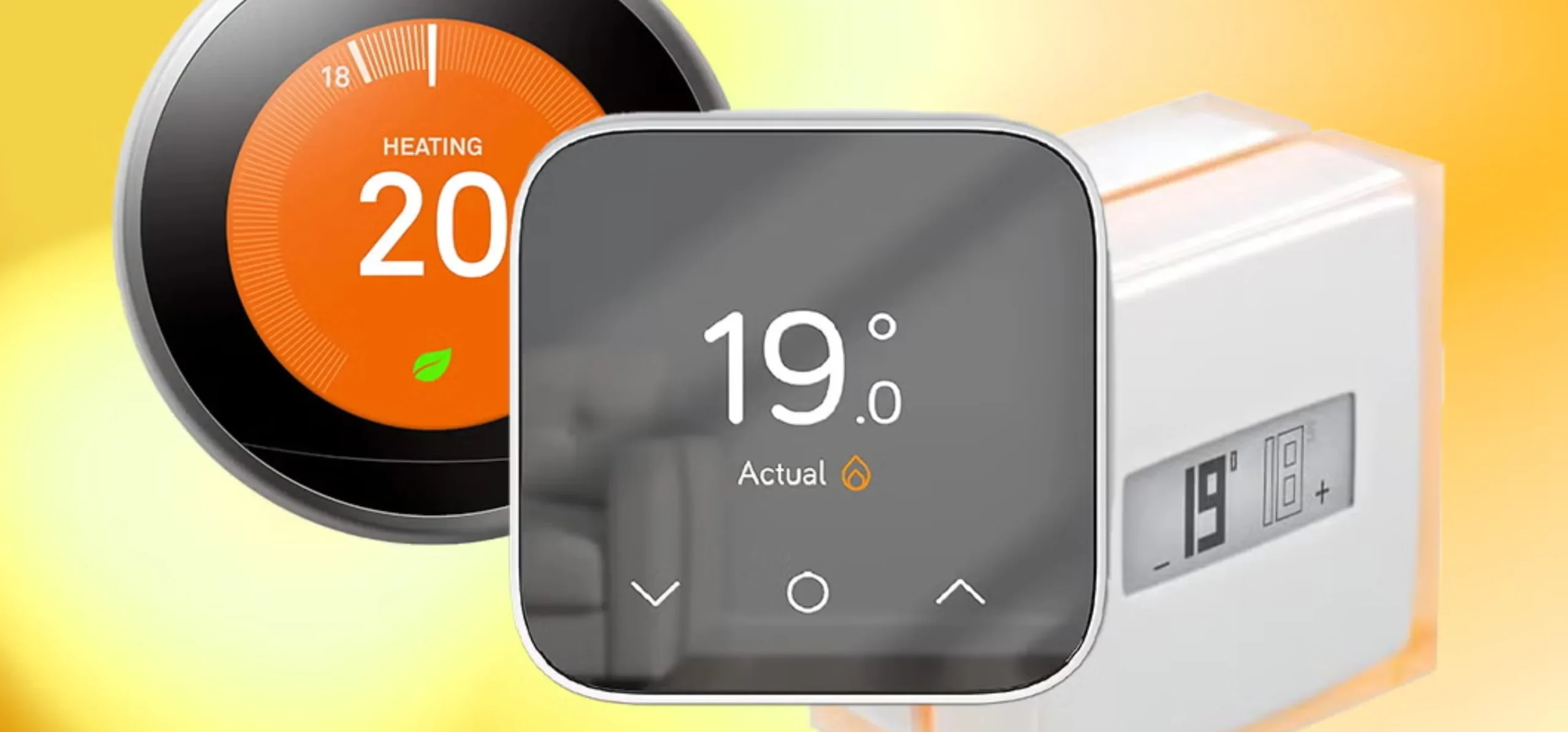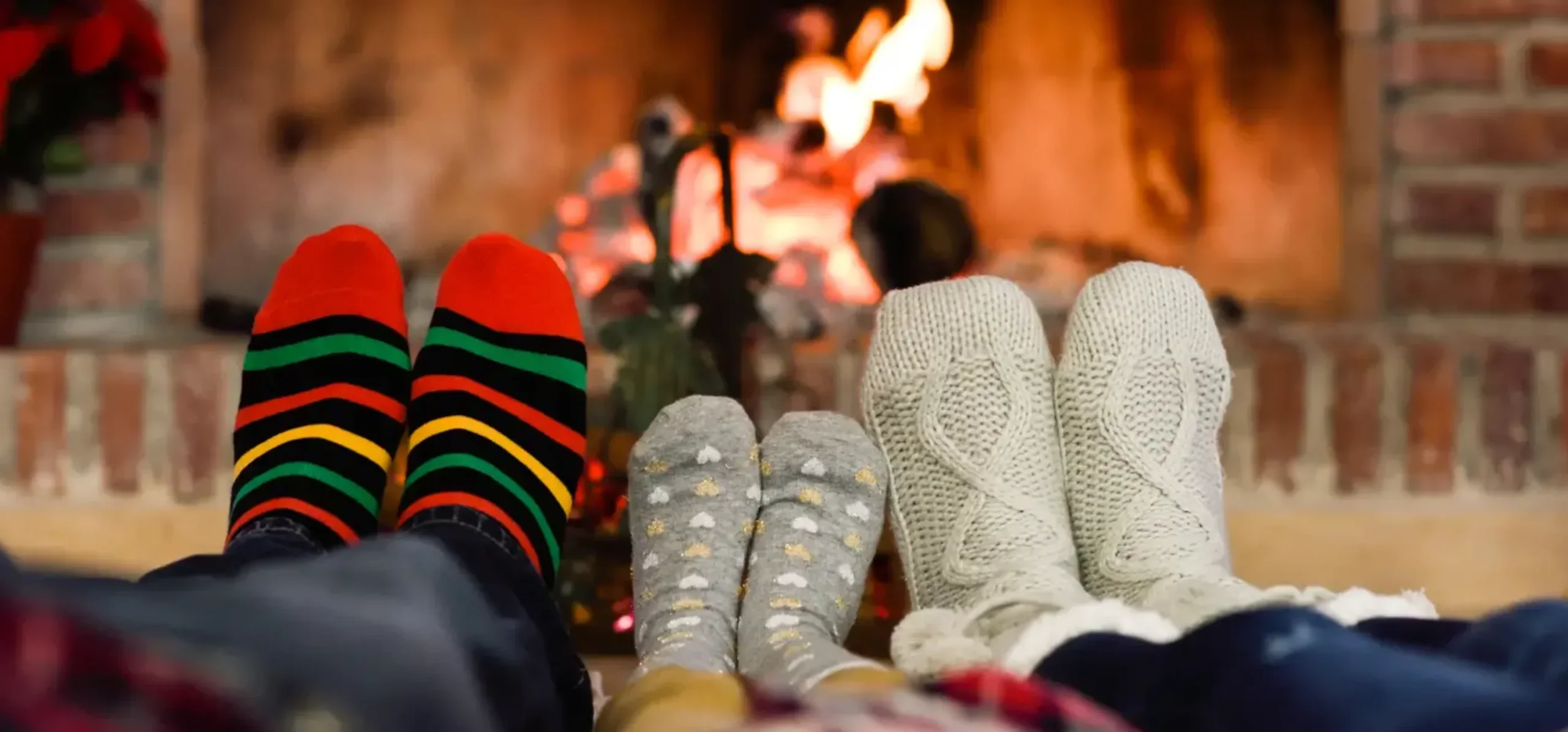10 Essential Tips for Heating Your Home This Winter: Save Money & Stay Cosy

As winter’s chill descends, ensuring your home remains a warm sanctuary is paramount. Beyond mere comfort, effective home heating directly impacts your energy bills and the overall efficiency of your living space.
This guide offers practical, actionable strategies to optimise your home’s heating, from simple maintenance tasks to smart technology investments, helping you navigate the colder months with confidence and significant cost savings. Prepare to transform your home into a toasty haven without breaking the bank.
Optimise Your Existing Heating System
Making sure your current heating setup works perfectly is the first step. You already own these parts. A few easy tweaks and regular checks can make a big difference. This means less work for your system and more warmth for you.
Regular Boiler Maintenance
Your boiler works hard all winter. An annual professional check-up is key. A technician will look at vital parts, like filters, ignitors, and belts. This prevents sudden, costly breakdowns. It also makes sure your system runs at its best. Better performance means less energy waste.
- Actionable Tip: Schedule your boiler maintenance before the heating season begins. This helps you avoid busy periods and potential delays for an appointment.
Clean or Replace Air Filters
Clogged air filters are a silent energy hog. They stop air from flowing freely, forcing your heating system to work much harder. This extra effort uses more electricity and can damage your unit. Clean filters allow warm air to move through your home easily. There are different filter types, like disposable or washable ones.
- Actionable Tip: Check your air filter monthly. You should replace or clean it every one to three months. This depends on the filter type you have and household factors, such as pets or allergies.
Seal Air Leaks Around Vents and Ducts
Imagine heated air escaping before it even reaches your rooms. That happens when ducts or vent covers have gaps. Air then leaks into cold spaces like attics or crawl spaces. Sealing these leaks keeps all that precious warmth inside your living areas. Use mastic sealant or strong aluminium foil tape for this job.
- Real-world Example: A homeowner found significant energy savings by sealing leaky ducts in their attic. This simple fix drastically reduced the amount of heated air lost before it ever reached the living spaces.

Improve Home Insulation and Draft Proofing
Heat easily escapes your home, making your heating system work harder. By improving insulation and blocking drafts, you create a stronger barrier against the cold outside. This keeps the warmth where it belongs – inside your house.
Insulate Your Loft and Walls
Insulation acts like a warm blanket for your home. It stops heat from leaving through your ceiling and walls. There are various types, such as fibreglass, spray foam, or cellulose. Each one has different R-values, which measure how well it resists heat flow. The right R-value for your area is important.
- Statistic: Properly insulating an loft can reduce heating costs by up to £380. (Source: MoneySuperMarket) This can make a big difference to your bills!
Seal Drafts Around Windows and Doors
Do you feel a cold breeze near your windows or doors? Gaps between frames and walls, or ill-fitting doors, are common culprits. These drafts let warm air out and cold air in. Simple fixes include weatherstripping, caulk, and draft stoppers. These materials are inexpensive and easy to apply.
- Actionable Tip: Use an incense stick or a damp hand to easily spot drafts around windows and doors. Seal any detected leaks straight away with the right materials.
Consider Insulated Curtains or Blinds
Windows are often a weak point for heat loss. Heavy, insulated curtains or cellular blinds add an extra layer of protection. They trap air against the glass, making it harder for warmth to escape. This is especially useful at night when outside temperatures drop.
- Expert Quote Reference: “Windows can account for up to 25% of a home’s heating energy loss”. Covering them up makes a real impact.
Smart Usage and Thermostat Management
Heating your home intelligently means you use less energy. By managing your thermostat and airflow, you ensure heat goes only where and when it’s needed. This smart approach saves you money and keeps your home perfectly warm.
Programme Your Thermostat
A programmable or smart thermostat is your best friend in winter. It lets you set temperatures based on your schedule. You can lower the heat when you are at work or asleep. This saves energy without sacrificing comfort when you are home. Why heat an empty house?
- Actionable Tip: Set your thermostat back 7-10°F from its usual setting for eight hours a day. This simple change can cut up to 10% from your annual heating and cooling costs.

Utilise Zonal Heating or Smart Vents
Do you really need to heat every room? Zonal heating focuses warmth only where people are. You can close vents in unused rooms, but do this carefully to avoid upsetting your system’s balance. Smart vent technology offers a more advanced solution. These can be controlled room-by-room, giving you fine-tuned heating.
- Real-world Example: A family with teenage children found they could save significant money. They heated only the main living areas and bedrooms during the day. Smart vents helped them adjust the temperature individual rooms as needed.
Optimise Airflow with Ceiling Fans
Ceiling fans are not just for summer. In winter, they can help push warm air downwards. Warm air naturally rises and collects near the ceiling. Reversing your fan’s direction helps move this trapped heat back into your living space. This makes the room feel warmer.
- Actionable Tip: Ensure your ceiling fan has a reverse switch. Set it to rotate clockwise at a low speed in winter to circulate warm air more effectively.
Supplement Your Heating and Maintain Comfort
Sometimes, your main heating system needs a little help. Smart supplementary heating and small comfort boosts can make your home feel much cosier. They also help reduce your reliance on your primary heater, saving energy.
Use Space Heaters Wisely (If Necessary)
Space heaters can provide targeted warmth to one room. Types include radiant, convection, and ceramic heaters. While useful, they can use a lot of power. Always prioritise safety. Never leave a space heater unattended, and keep it well away from anything flammable.
Utilise Sunlight for Passive Solar Heating
The sun is a powerful, free heat source. On sunny days, open curtains and blinds on south-facing windows. Let the natural warmth stream into your home. This passive solar heating can significantly warm up a room. Then, close your curtains at night to trap that heat inside.
- Actionable Tip: Open curtains on all sun-facing windows from mid-morning to late afternoon on clear days. Let that natural warmth into your home.

Humidify Your Home
Dry air often feels colder than humid air. Adding moisture to your home’s air can make it feel warmer and more comfortable. Using humidifiers helps maintain optimal humidity levels, ideally between 30% and 50%. This can let you feel comfortable even at a slightly lower thermostat setting.
- Statistic: For every degree you turn down your thermostat in winter, you can save up to 3% on your heating bill. Humidifying helps you do this.
Invest in Long-Term Heating Efficiency
For lasting comfort and savings, consider more significant home improvements. These investments boost your home’s heating efficiency over many years. They provide consistent performance and reduce your long-term energy costs.
Upgrade to Energy-Efficient Windows
Old windows are notorious for letting heat escape. Upgrading to double or triple-pane windows with low-E coatings significantly cuts down heat loss. These modern windows help keep your home warmer in winter and cooler in summer. They improve overall home comfort year-round.
- Statistic: Replacing old, single-pane windows with new certified windows can reduce heat loss by up to 10-15%.
Consider a High-Efficiency Heating System
If your boiler is old, it might be very inefficient. Upgrading to a new, high-efficiency model, especially one that is certified, can make a huge difference.
• Real-world Example: A homeowner upgrading from a 20-year-old furnace to a new condensing furnace saw their annual heating costs drop by over £500.
Explore Renewable Heating Options
Looking further ahead, renewable heating options offer sustainable and highly efficient solutions. Technologies like heat pumps or geothermal systems use natural energy sources. They can provide excellent heating for your home while lowering your carbon footprint and long-term energy bills. These are great choices for a greener future.
Conclusion: A Warmer Home and a Lighter Wallet
By implementing these strategies, from simple maintenance to smart technology, you can significantly improve your home’s heating efficiency. Prioritising tasks like sealing drafts, maintaining your system, and optimising thermostat usage will not only make your home warmer and more comfortable but also lead to substantial savings on your energy bills throughout the winter. Take proactive steps today to ensure a cosy and cost-effective season ahead.
